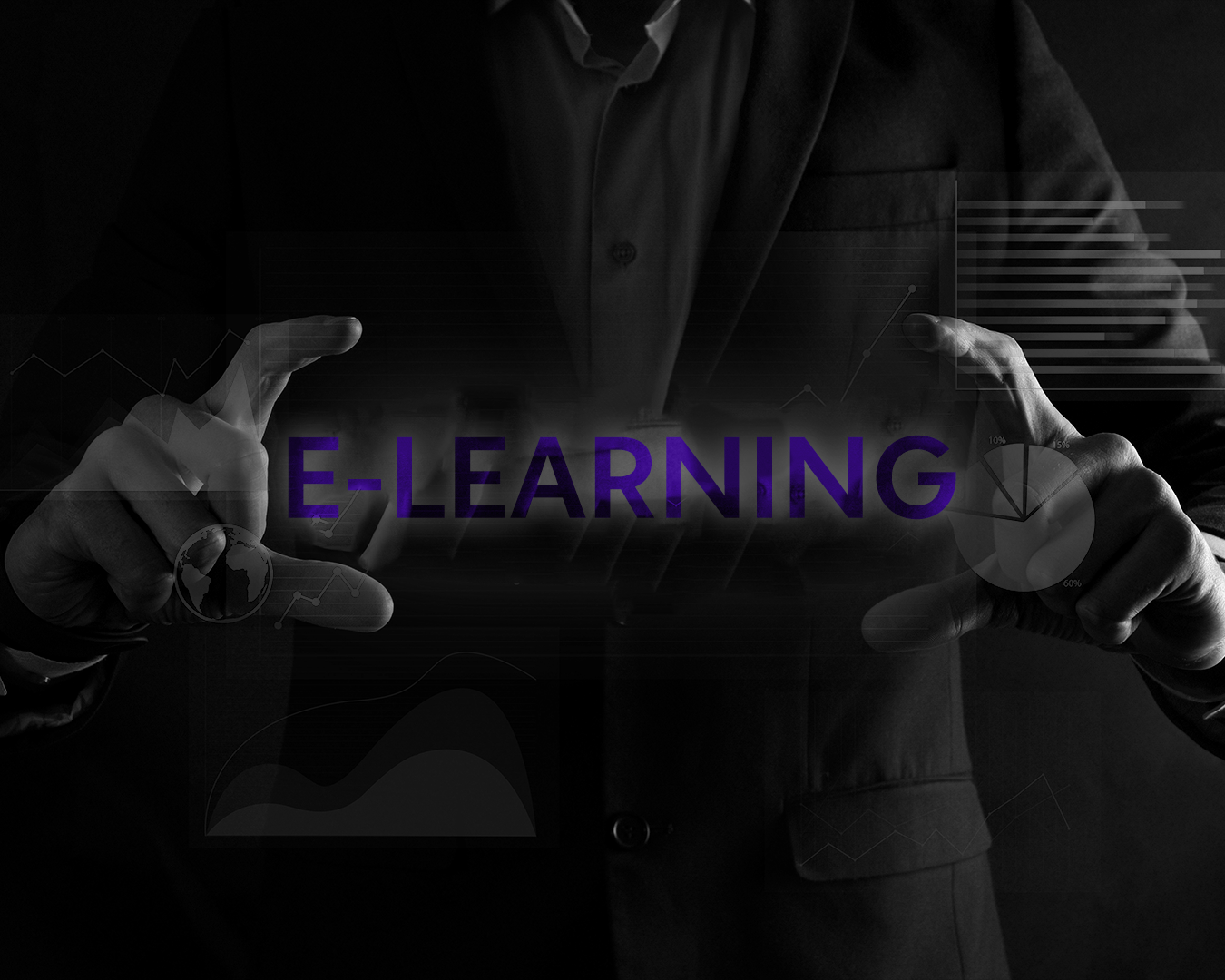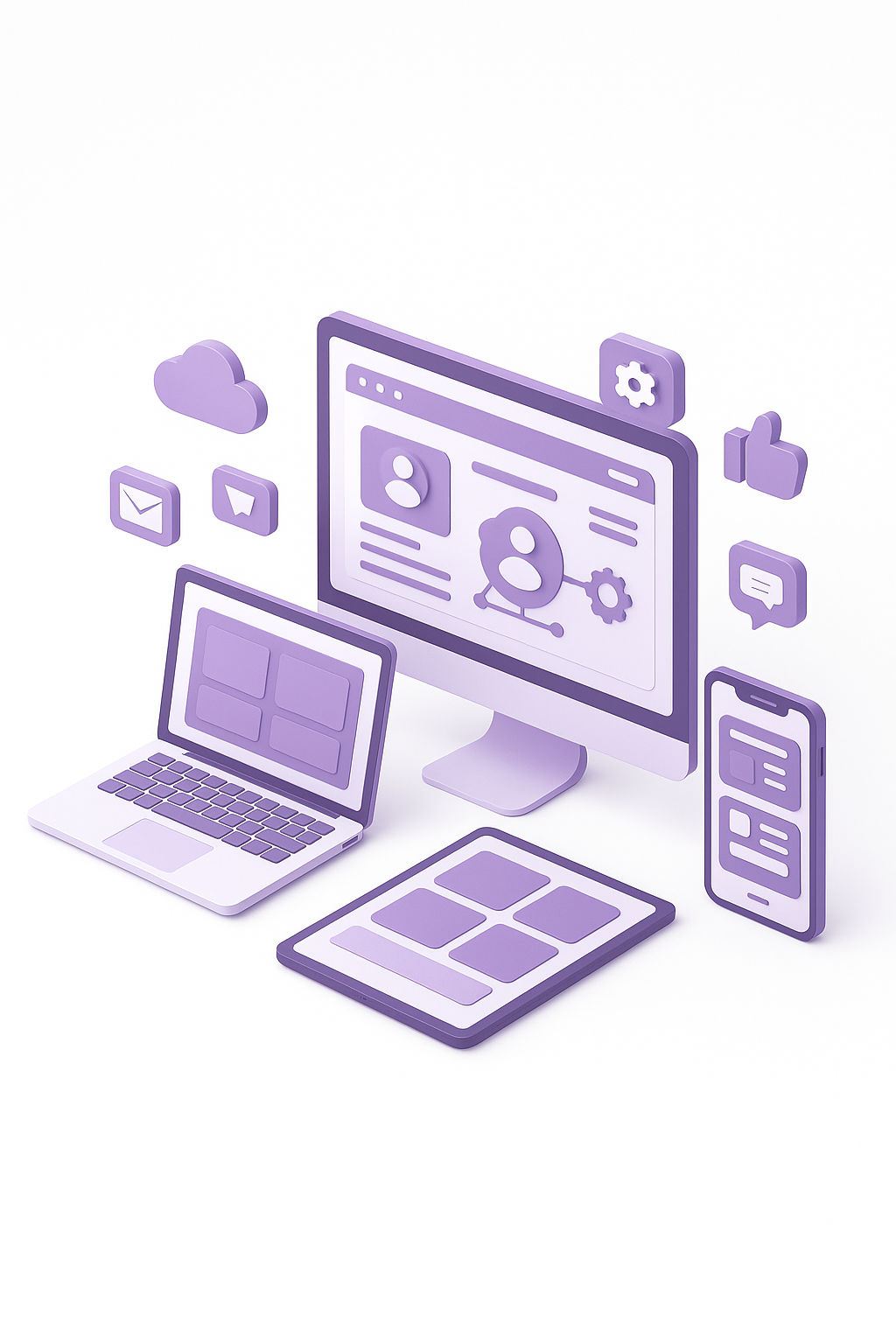 The Impact of E-Learning and Technical Training on Employee Development">
The Impact of E-Learning and Technical Training on Employee Development">
Introduction
In today’s fast-paced and technology-driven world, e-learning and technical training have become indispensable tools for workforce development. These modern online training solutions not only enhance employee skills but also contribute significantly to organizational growth and competitiveness. By offering flexible, scalable, and interactive learning experiences, businesses can equip their teams with the knowledge and capabilities needed to excel in a rapidly evolving market.
This blog will explore the benefits of e-learning and technical training, their role in employee development, and how organizations can leverage these tools to build a skilled and future-ready workforce.
Benefits of E-Learning and Technical Training
1. Accessibility and Flexibility
E-learning platforms allow employees to access training materials anytime, anywhere, enabling them to learn at their own pace. This flexibility ensures minimal disruption to work schedules while promoting continuous learning.
- Example: A customer service representative can complete a conflict resolution course during their downtime without impacting productivity.
2. Cost-Effectiveness
Online training eliminates the need for physical classrooms, travel expenses, and printed materials, making it a budget-friendly option for companies of all sizes.
- Example: A multinational corporation can train its global workforce simultaneously through a centralized e-learning platform, reducing logistical costs.
3. Personalized Learning Experiences
Modern e-learning platforms leverage data analytics and AI to create tailored training programs that meet individual employee needs and learning styles.
- Example: An IT professional can receive a personalized learning path to acquire specific certifications like AWS or Cisco, based on their current skill set.
4. Scalability
E-learning solutions can accommodate a growing number of learners without compromising the quality of education, making them ideal for organizations undergoing rapid expansion.
- Example: A startup can onboard new employees quickly by providing standardized training modules on company policies and tools.
5. Skill Enhancement and Career Growth
By offering technical training, organizations empower employees to develop specialized skills that contribute to their career advancement and overall job satisfaction.
- Example: A marketing team can stay ahead of industry trends by completing certifications in Google Analytics or Meta Ads.
How E-Learning and Technical Training Benefit Organizations
1. Increased Productivity
Well-trained employees are more confident and efficient in their roles, leading to improved overall productivity.
- Example: A sales team that undergoes negotiation training can close deals faster and with better outcomes.
2. Talent Retention
Investing in employee development demonstrates a commitment to their growth, fostering loyalty and reducing turnover rates.
- Example: A company that offers career advancement programs is more likely to retain top talent.
3. Faster Onboarding
E-learning platforms simplify the onboarding process by providing consistent and comprehensive training to new hires.
- Example: New employees can complete compliance and technical training modules before starting their roles.
4. Adaptability to Market Changes
Regular technical training ensures that employees remain updated on industry trends and emerging technologies, enabling the organization to adapt quickly to market shifts.
- Example: A software development team can learn new programming languages or frameworks to meet client demands.
5. Measurable ROI
With e-learning platforms, organizations can track employee progress and performance, providing clear insights into the effectiveness of training programs.
- Example: Analytics dashboards show completion rates, skill improvements, and business impact metrics.
Best Practices for Implementing E-Learning and Technical Training
- Assess Training Needs: Identify skills gaps and align training programs with organizational goals.
- Choose the Right Platform: Select an e-learning solution that supports scalability, interactivity, and customization.
- Incorporate Blended Learning: Combine online modules with live sessions or hands-on activities for a holistic approach.
- Foster a Learning Culture: Encourage employees to prioritize continuous learning and reward their efforts.
- Track and Optimize: Use data analytics to measure the effectiveness of training programs and make necessary adjustments.
The Future of E-Learning and Technical Training
The future of workforce training lies in leveraging cutting-edge technologies to create more engaging and impactful learning experiences. Trends shaping the future include:
- Virtual Reality (VR) Training: Immersive simulations for real-world scenarios, such as safety drills or equipment handling.
- Gamification: Using game mechanics like leaderboards and rewards to motivate learners.
- Microlearning: Short, targeted lessons that fit into busy work schedules.
- AI-Driven Personalization: Advanced AI algorithms to recommend customized learning paths.
- Blockchain-Based Certifications: Verifiable digital credentials to validate employee achievements.
Conclusion
E-learning and technical training are transformative tools that empower employees to achieve their full potential while driving organizational success. By adopting modern training solutions, businesses can stay competitive, foster innovation, and prepare their workforce for future challenges. The key lies in creating a robust training ecosystem that aligns with both employee aspirations and business objectives.
Invest in e-learning and technical training today to build a skilled, motivated, and future-ready team!
Articles You May Be Interested In
Discover more articles from Maznexa's blog to help you gain deeper insights into the market, trends, and digital identity.





